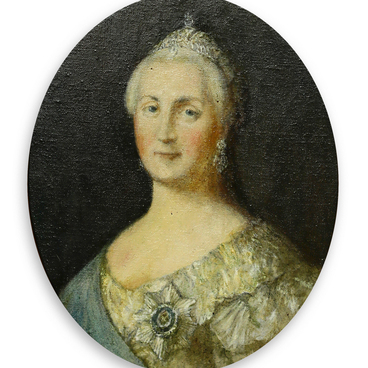A cannonball is a simple projectile that was widely used in combat operations.
A cannonball was one of the first types of projectiles to be launched from guns. It was most conveniently used with a smoothbore cannon. It could batter the hulls of ships, fortifications, and field structures. It was a solid spherical cast iron projectile that caused destruction by impact.
Around the end of the 15th century, stone cannonballs were replaced by cast iron ones. The new cannonballs allowed for modifications to the cannons, increasing their length. They also were more standardized. To prevent the loss of energy of gunpowder, the caliber of the cannonball began to be adjusted to the diameter of the gun barrel so that only a small gap remained between them. In Europe, this gap ranged from a quarter to half a centimeter.
The Hartmann caliber scale played an important role in the process. It was developed in 1546 and named after the Nuremberg mathematician Georg Hartmann.
The caliber scale had four dials. One was marked in inches, while the other three displayed the actual dimensions of a cannonball, depending on its weight in pounds and material (iron, lead, or stone). For instance, a stone cannonball weighing one pound corresponded to a size of three inches, an iron one to two and a half inches, and a lead one to one and a half inches. Such a caliber scale was used for three centuries.
Cannonballs were fired from cannons and three-pound “unicorns” — smoothbore gun howitzers.
A cannonball was an artillery shell. Each cannonball had a specific size, or caliber, based on an inch scale. A solid spherical projectile weighing more than one pound (about 453 grams) was considered a cannonball, while that with a weight of less than one pound was a bullet.
Artillery pieces were categorized into two main types: smoothbore and muzzle-loading ones. There were three main types of guns used in the Russian army: cannons, unicorns, and mortars. Field guns had a maximum firing range of 2,800 meters. Unicorns had a range of 2,500 meters. However, efficient range was limited to around 700 to 1,200 meters with cannonballs, and 300 to 500 meters with shot.


